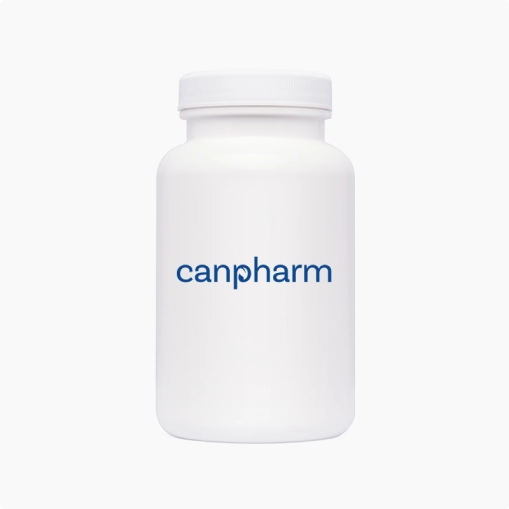
Santyl Ointment (Collagenase)
| Dose | Size & Price | Qty |
|---|
-
Description
-
Reviews (0)
-
Related Products
-
Related Conditions
Fact Table
| Fact Table | |
|---|---|
| Formula | C1377N239O404S7 |
| License | FDA-Approved |
| Bioavailability | Not applicable (topical administration) |
| Legal status | Prescription drug |
| Chemical Name | Collagenase - Clostridiopeptidase A |
| Elimination half-life | Not applicable for topical medications |
| Dosage (Strength) | 250u / g |
| Pregnancy | Consult a doctor |
| Brands | Santyl |
| Protein binding | Not applicable for topical medications |
| PubChem CID | 441476 |
| MedlinePlus | a601121 |
| ChEBI | 82768 |
| ATC code | D03BA02 |
| DrugBank | DB00042 |
| KEGG | D03736 |
| Routes of administration | Topical |
Santyl Ointment, also known as collagenase ointment, is a prescription medication used in wound care. Its main purpose is to help debride wounds, particularly chronic skin ulcers, and severely burned areas. Santyl works by breaking down certain proteins in necrotic (dead) tissue, helping to remove this tissue from the wound and thereby promoting healing.
Before you buy Santyl Ointment, you should consult with a healthcare provider to ensure it's the right treatment for your specific wound condition, understand the proper usage, potential side effects and Santyl ointment price.
Directions
Use this medication only on the skin, normally once daily or as per your doctor's instructions.
If the dressing becomes dirty, you may need to apply Santyl more often.
Before application, wash your hands and clean the wound as directed by your doctor. You may use solutions like hydrogen peroxide, normal saline, or Dakin's solution for cleaning.
If instructed to use an antibiotic powder, apply it before the Santyl ointment.
Use a wooden spatula or gauze pad to apply the ointment directly on the wound, then secure with a bandage.
Keep the ointment away from your eyes and apply only within the affected area.
Ensure to wash your hands thoroughly after application.
Ingredients
The primary component in Santyl Ointment is a protein-digesting enzyme known as collagenase.
Cautions
Inform your healthcare provider if you have any known allergies to collagenase or any other medications.
If you suspect the wound is infected, characterized by increased redness, warmth, swelling, or pus, contact your healthcare provider promptly.
This medication is for topical use only. Avoid contact with eyes, inside the mouth, and other mucous membranes.
While it's not known if Santyl can harm an unborn baby or if it passes into breast milk, it's always important to inform your healthcare provider if you're pregnant, planning to become pregnant, or breastfeeding.
Regularly monitor the progress of the wound and report any changes to your healthcare provider.
Interactions
This ointment may have interactions with antiseptic skin solutions, especially those containing heavy metals like lead, mercury, or silver.
Side Effects
Santyl Ointment can cause mild side effects like redness, pain, or irritation at the application site. Rarely, it may cause an allergic reaction with symptoms like hives, difficulty breathing, or facial swelling. If you have an allergic reaction, reach out to your healthcare provider without delay.
Frequently Asked Questions about Santyl
When to stop using Santyl on the wound?
Stop using Santyl when the dead tissue in the wound is removed and healthy tissue is visible, if you're experiencing side effects, or if your healthcare provider advises you to. You should always seek advice from your healthcare professional for direction.
Why is Santyl so expensive?
Santyl is expensive due to costs related to research and development, regulatory approval, high-quality manufacturing, and patent protection. Also, lack of a generic alternative allows the manufacturer to maintain higher prices. You can save your money on prescriptions when you buy santyl ointment online from CanPharm.
How long does it take for Santyl to work?
Santyl's effectiveness varies based on the wound and individual health factors. Typically, improvement may be seen within a few days to a week, but complete healing can take weeks to months.
Is Santyl over the counter?
No, Santyl is not available over the counter. It is a prescription medication and should only be used under the supervision of a healthcare provider.
Can you use Santyl and Calcium alginate together?
There is no specific contraindication against using Santyl and calcium alginate dressings together. A study suggested calcium alginate does not significantly impact Santyl's activity.
